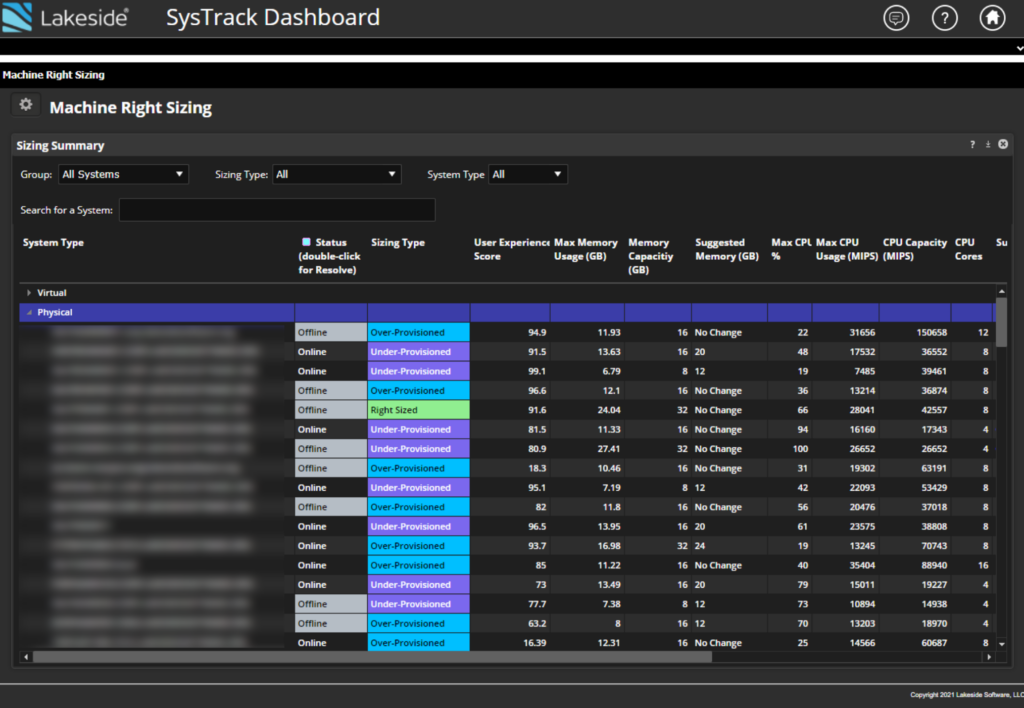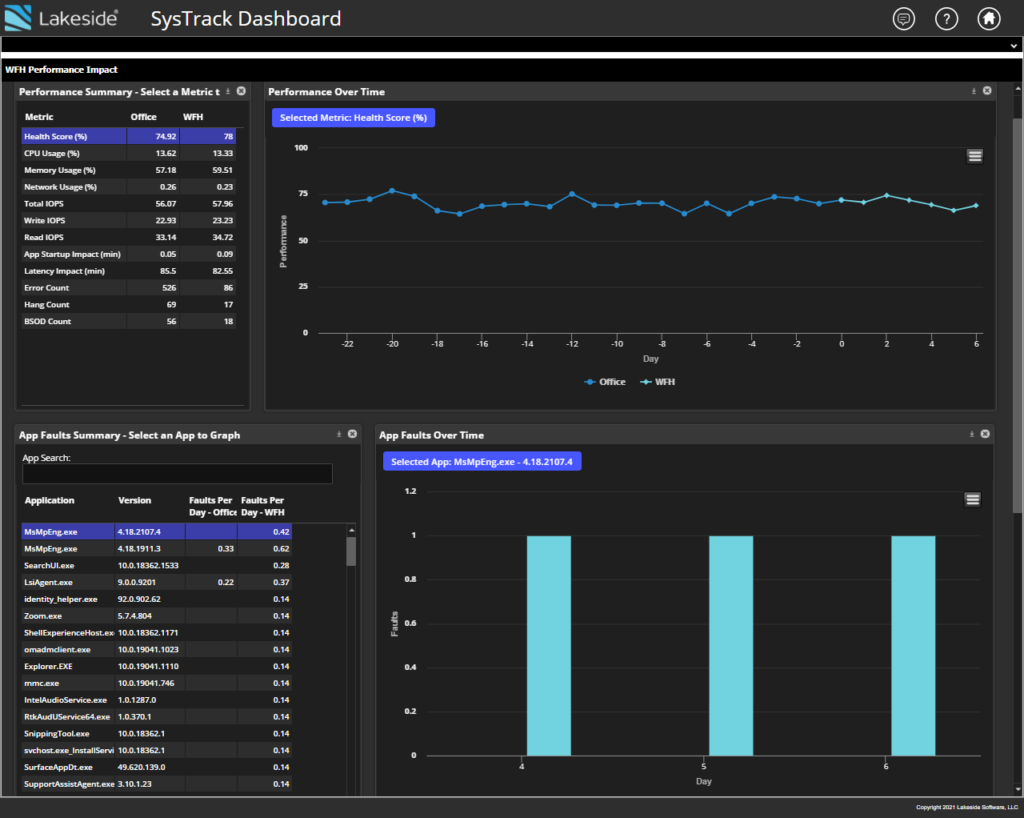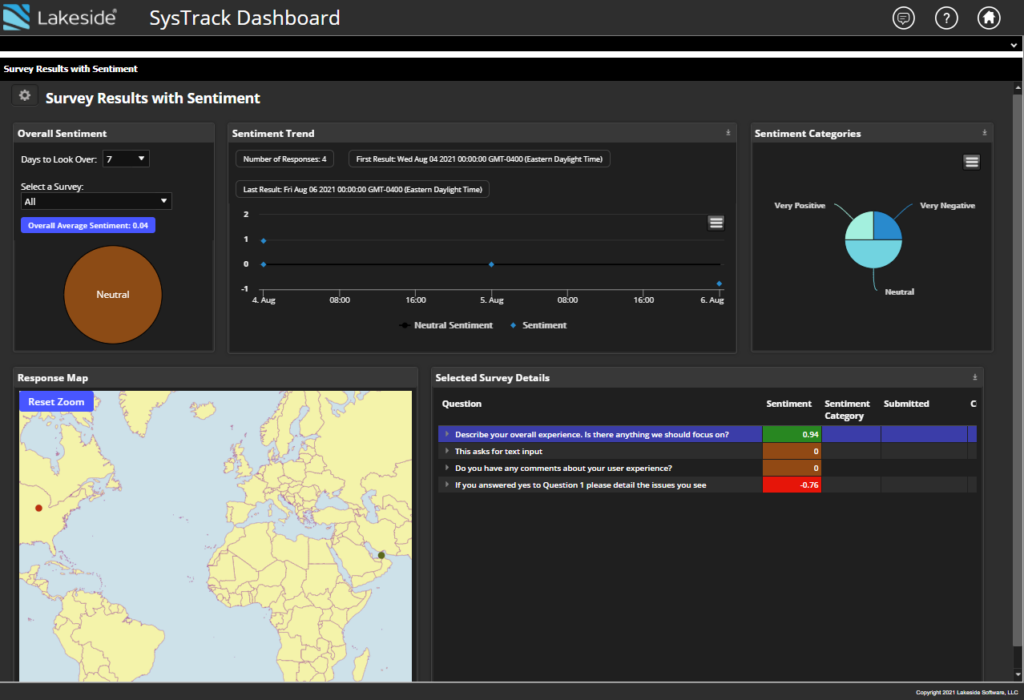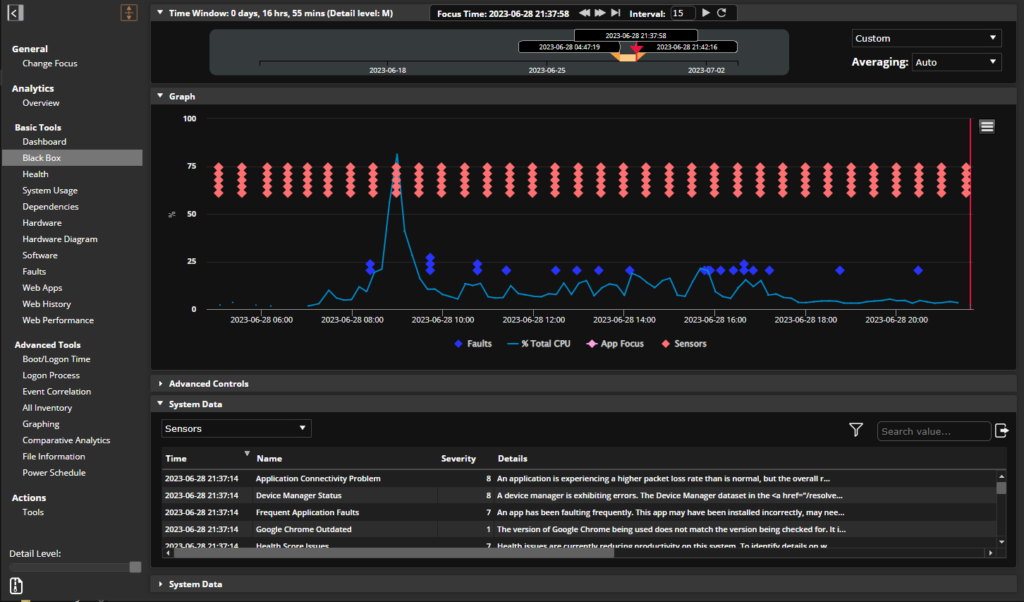
3 steps to improve end-user experience while planning, delivering, and monitoring innovative IT projects
When I worked on a support desk many years ago, we had a derogatory acronym that was used frequently when resolving problems. It was P.I.C.N.I.C., which stood for Problem in Chair Not in Computer, and was (along with PEBKAC, Code ID-1OT, and “wetware issue”) our way of saying that IT was running fine and that’s where our responsibility ended.
While I’m sure these — and other ones I’m too old to have heard of — are still in use today, it does show the tendency for some of us in IT to find it very easy to focus solely on the technical side of our roles while discounting (or outright disparaging) the human side.
This can be especially obvious when planning desktop transformations. We’re good at asking the technical questions (What hardware do we need? How long will it take? How much will it cost?) while often ignoring the non-technical (How will users react to this? Will they like the new environment? What can I do to make it easy for them?).
It’s a shame since end-user happiness feeds directly into workplace morale, productivity, and employee retention, so it’s definitely something IT should take into account when doing digital transformation project planning. With this in mind, here are three steps that can help ensure the process considers every facet — hardware, software, and also “wetware.”
Step 1: Personalise the Desktop Transformation Experience
Nowadays there’s no need for a one-size-fits-all approach to desktop transformations. Regardless of the size of the organisation, it’s possible for each user can have a customised experience. It all comes down to having enough data to be able to quantify exactly what they currently have as well as what they might actually need.
With a digital experience management solution such as Lakeside Software’s Digital Experience Cloud, powered by SysTrack, for example, each user is classified according to their observed resource demands and new systems can be allocated accordingly through need-based procurement. This is obviously useful from a budgeting perspective as it prevents overspending, but it also means that the user will be happier by making sure they have exactly what they need.

Lakeside’s Digital Experience Cloud features a machine right-sizing dashboard that shows usage and potential needs for either virtual and physical systems.
With detailed information about their applications, you can also make sure that users are not migrated to a new environment until every critical application is available to them. You can also use this process to rationalize software and licenses, providing end users with the apps they actually need and weeding out the unused/underutilized apps they don’t.
But one final consideration here is support for users’ way of working.
- Are they using a second screen?
- Do they use a local printer?
- Do they work from multiple locations?
- Do they work while offline?
All of these questions will feed into the decisions about desktop transformation options, as well as make the process as seamless as possible for end users.
Step 2: Monitor the Impact of Desktop Transformations
As tempting as it may be to implement the new environment then disconnect the service desk phones, sticking your fingers in your ears is rarely a good idea. Equally, relying solely on user feedback can be misleading.
A customer’s story from a few years back has always stuck with me: The company was migrating users from local desktop towers to remote desktops via thin clients while the OS stayed the same (Windows 7, since this was a while ago). A follow-up survey of the users revealed a pretty even split between those who thought it was an improvement in quality and those who thought the new environment was a distinct downgrade in quality. As all of these users were in the same office accessing the same VDI environment it wasn’t immediately clear what the issue could be. Eventually it was discovered that users reporting an improvement were those who had received a bigger screen along with their thin client while those reporting poor performance had not. Subconsciously the bigger, brighter screen had given an impression of improved performance even though the desktop environment was identical.
So does this mean that you should ignore user input? Absolutely not (see the next step), but it does mean that an objective record is needed in order to prove that the quality of end-user experience has not been impacted by your transformation. That way, you can get to the real cause of user dissatisfaction a lot more quickly.

Lakeside’s Digital Experience Cloud dashboards can show the performance impact on users — including those working from home — and other relevant information at-a-glance.
In addition, if there are any unforeseen issues such as new application crashes or a change in resource demand, you need to be aware of that as soon as possible so it can be fixed before the user’s first (poor) impression of the new environment is solidified for good.
Step 3: Don’t Forget — Subjective Data Matters in Any Desktop Migration
The initial reaction to the above anecdote may be to shake your head and tut about unreliable users, but the point is that their opinion does matter. Is a happy employee worth a new screen? Anyone who has had to pay recruitment fees to replace a lost employee will say an emphatic “yes.”
The easiest way to find out if users have any problems is to ask them. And not just a small sample size either — to get the full picture, you ideally want to ask everybody.
That’s where user engagement comes in.
Utilising Lakeside’s Digital Experience Cloud survey capability, for instance, means that every end user can be asked what they think about the new environment. Even better, by using IBM Watson to provide sentiment analysis on responses, you can get a quick view on how users really feel without having to manually go through each individual response.
By addressing any issues raised and sending them a helpful notification that everything has been remedied, end users will be much happier about their relationship with IT.

Dashboard displaying survey results and sentiment data in Lakeside Software’s Digital Experience Cloud platform.
Surveys can also become part of the regular IT process (not too regular obviously — nobody wants to feel like Clippy has come back), which allows an end user to become just as important to IT project delivery as the hardware and software they are using.
The Result: A Better Approach to Desktop Transformations and More
So will following the above steps put an end to P.I.C.N.I.C. problems? Of course not. People will always be the least predictable part of IT project delivery.
But if we include end-user needs and opinions in the planning, delivery, and monitoring stages, desktop migrations and other transformations are less likely to have a negative effect on end-user experience. Oh, and all of this means fewer problems for IT in the long run, too. (You didn’t think this was all about the end users, did you?)
All that’s left is to come up with a new acronym for this improved transformation approach. Let’s try B.I.T.E.S. — Brillant IT, Everyone Satisfied.
Subscribe to the Lakeside Newsletter
Receive platform tips, release updates, news and more



